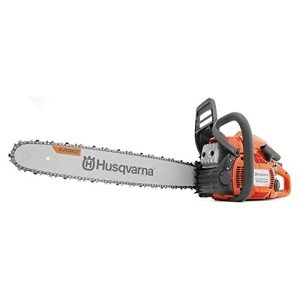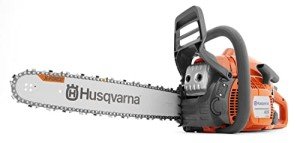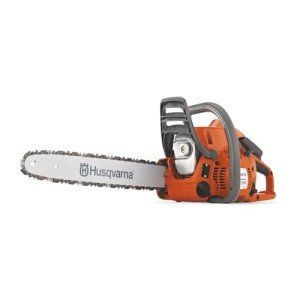Hand Saws (Manual Saws):
- Crosscut Saw: For cutting wood across the grain.
- Rip Saw: For cutting wood along the grain.
- Back Saw: A saw with a stiffened back for precise cuts, often used with miter boxes.
- Coping Saw: Used for intricate cuts and curves, often in woodworking.
- Hacksaw: Designed for cutting metal and plastic.
- Bow Saw: A large, U-shaped saw for cutting branches or rough wood.
- Keyhole (Compass) Saw: For cutting small, intricate shapes or holes.
- Japanese Saw: Cuts on the pull stroke for precise and clean cuts.
Power Saws (Electric or Battery-Operated):
- Circular Saw: A versatile saw with a round blade, ideal for straight cuts in wood, metal, or masonry.
- Table Saw: A circular saw mounted on a table for precise, straight cuts.
- Miter Saw: Used for angled cuts, particularly for molding or framing.
- Reciprocating Saw: A handheld saw for demolition or rough cutting.
- Jigsaw: For cutting curves and intricate shapes.
- Band Saw: Features a continuous blade for detailed cuts in wood, metal, or plastic.
- Track Saw: A guided circular saw for long, precise straight cuts.
- Chop Saw: Similar to a miter saw but typically used for cutting metal.
Specialty Saws:
- Scroll Saw: For detailed, intricate cuts, often used for crafts.
- Tile Saw: Equipped with a water-cooled diamond blade for cutting tiles.
- Chain Saw: Powered by gas or electricity, used for cutting trees or large logs.
- Pole Saw: A chain saw on an extendable pole for trimming branches.
- Oscillating Saw: A multitool for detailed cuts, sanding, or scraping.
Saw Blades and Attachments:
- Plunge Saw: A variant of the track saw designed for starting cuts in the middle of a material.
- Metal-Cutting Saw: Equipped with special blades for cutting metal efficiently.
- Concrete Saw: Designed for cutting through concrete, stone, and masonry.
Choosing the right saw depends on the material you're working with and the type of cut required.





